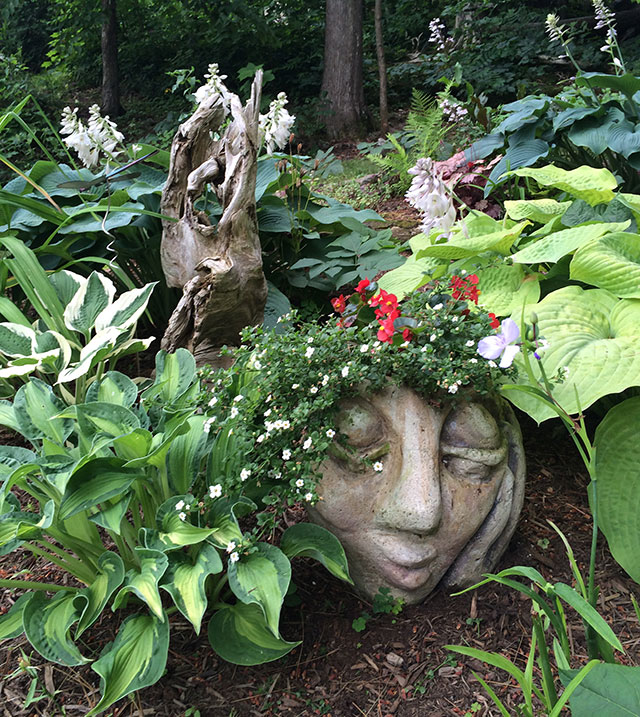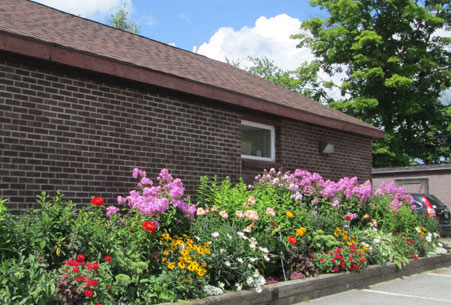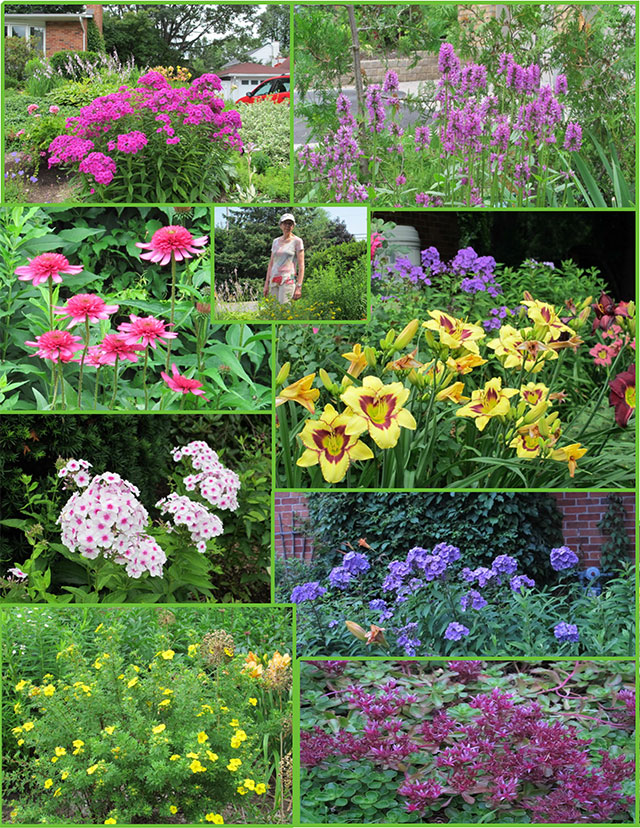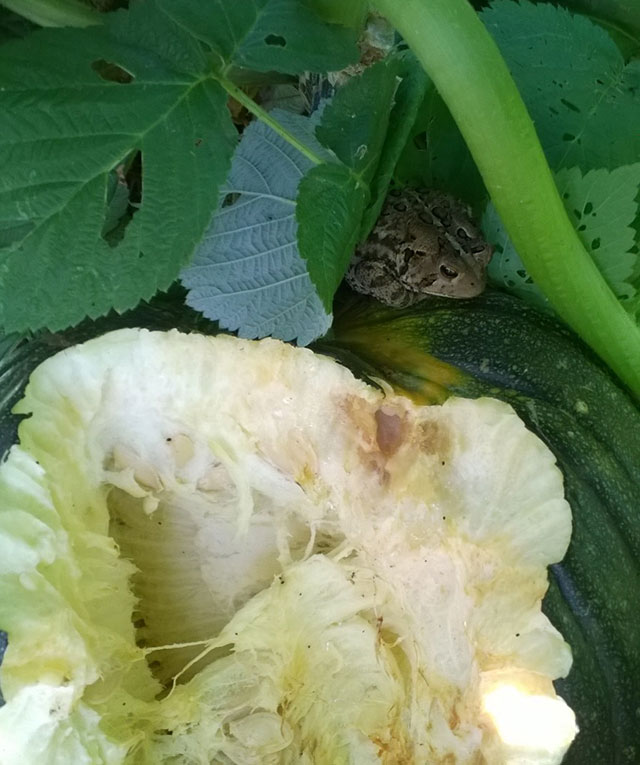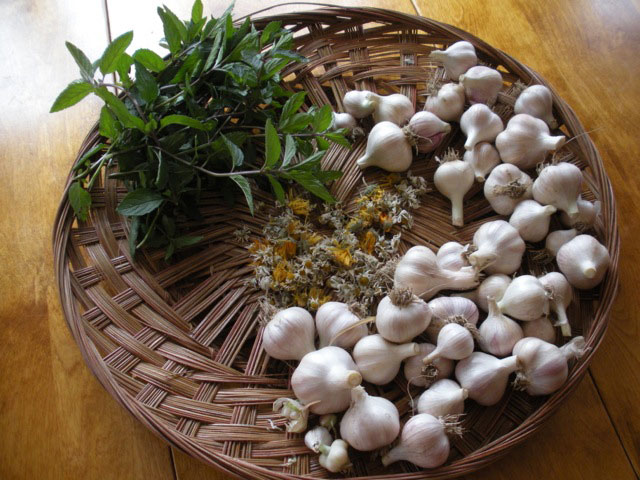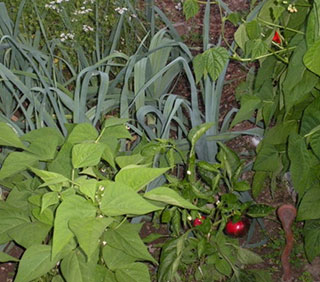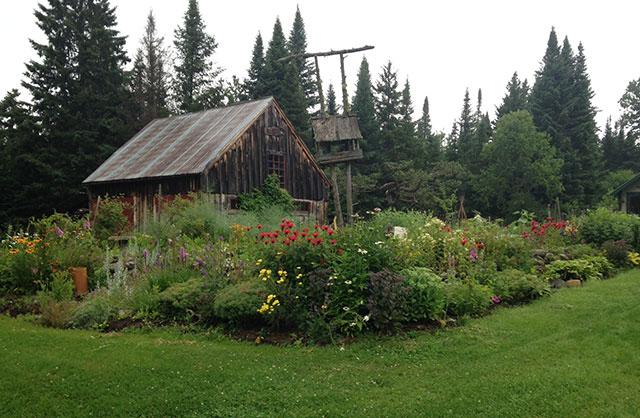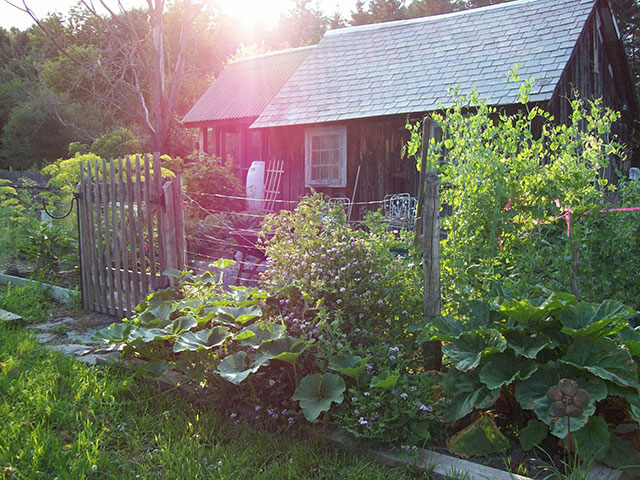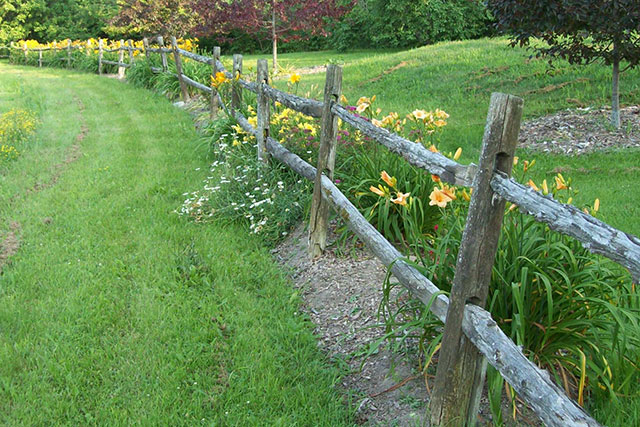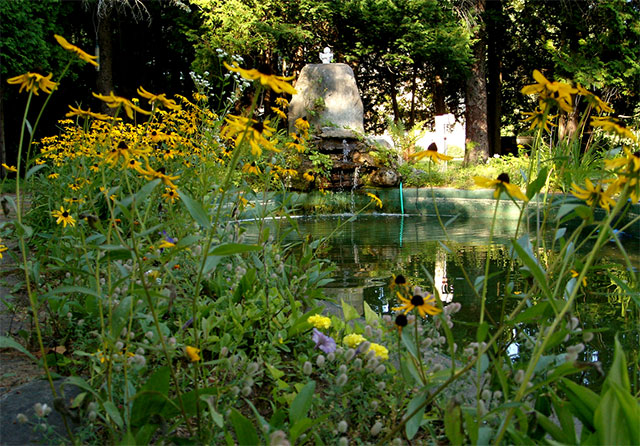Our gardens runneth over
Each week it gets better and better. Lilies and daisies, beans and peppers. There is so much variety in the gardens of our region. Your growing techniques range from precise, vigorous vegetable gardens to slightly wild and whimsical flower beds, from stretches of be-flowered fencing to lovingly tended blooms around public buildings.
I don’t know if this blog has given me a pipeline to gardening activity that’s always existed in our region or if more people have discovered and re-discovered the joy of growing vegetables, fruit and flowers. Have you noticed an explosion, or even a modest increase, in gardening in your neck of the woods? On my 8-mile long road, it seems that the same four families garden each year. No new gardeners that I’ve observed.
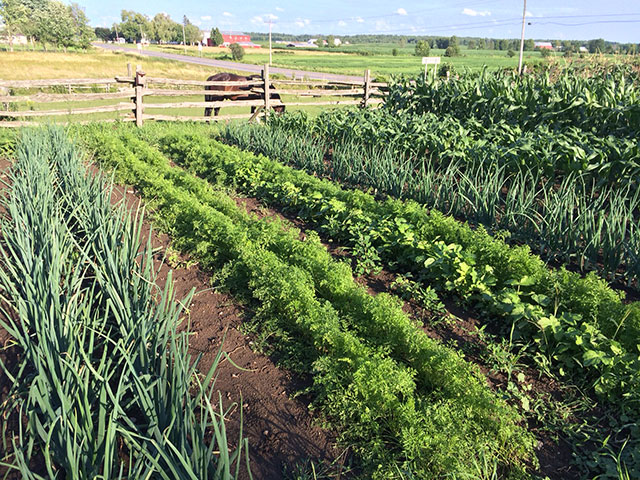
The Pierce family vegetable plot in Lisbon: a bumper crop of carrots, onions and corn. Photo: M.D. Pierce
I’ve noticed beautiful flower beds around churches–a project of the green-thumbed congregation members. It’s a commitment to maintain one’s own garden plus another space (and one that your friends and fellow congregants are going to notice on a weekly basis).
Lois Kelley sent in this photo of the Garden Club’s effort at the Indian Lake Post Office. She says that the garden changes a bit from year to year, featuring different color arrangements, but is always spectacular. Indeed.
Canadians grow gardens, too! Here’s a collage of a gardener and her handiwork in Ontario.
Okay, I’m a sucker for a photo of good, bad, ugly, beautiful creatures in the garden. Here’s one from Waddington.
Our friend Cassandra Corcoran in Monkton is harvesting the wild and cultivated.
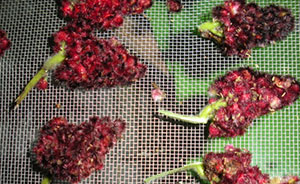
Sumac drupes ready to be dried into sumac powder or used for tea. Photo: Cassandra Corcoran, Monkton VT
Here’s an idyllic Adirondack garden.
And more beauty from another part of the Adirondacks…
Finally, this one from the keen eye of George DeChant.
So, it’s only mid-August. Keep those photos coming. You can expand out from the garden to the kitchen if you’re preserving flowers or food you’ve grown. Send your photos to me at ellen@ncpr.org
I’m working on keeping up with green beans. I freeze some but my preferred method of putting up beans is canned as dilly beans. Or, I let the beans at the top of the pole bean support go past fresh eating and then I harvest as dry beans at the end of the season. It’s an easy way to dry beans–no worry about ground moisture or critters getting at them as they dry. Eat your heart out, Jack, my bean cage is about 15 feet high and the finial tendrils reach well beyond the top.
Tags: agriculture, flowers, gardening, gardens, vegetables





